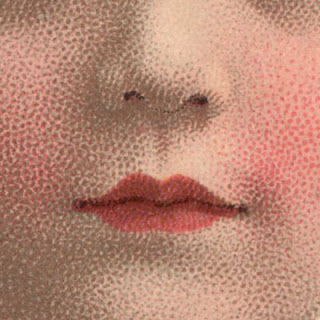Edison bought the property in 1885, impressed with the fact that bamboo was growing there (he was already thinking that bamboo might be the perfect filament for his light bulb). He drew up plans for the property, left them with an architect, and then headed back north.
The house was prefabricated with lumber from Maine and brought to Ft. Meyers by boat, where it was all unloaded at this spot.
The house is in three parts. The left and middle sections were built first, with the main house in the middle — and at the left — a separate wing for the kitchen and dining room, and servants' quarters.
In 1886, Edison moved in with his new bride, Mina, who eventually redesigned the living arrangements as they look today. Under Mina Edison's plan, the left building became a sleeping house, the main house (in the middle) remained as it was, and then a duplicate of the main house was added on the right, turning the new building into a guest house. The Edison kitchen and dining room was in the guest house.
Here's a view of Mina and Thomas' bedroom. One is impressed by the fact that the Edisons lived very well, but also comparatively simply.
A fire hose is attached to the main house.
 |
| the main house |
 |
| a view of the Edison living room |
 |
| The Edison dining room was on the ground floor of the guest house. |
 |
| The kitchen was also part of the guest house. |
The main house and guest house are surrounded by wide verandas.
We were quite taken by these tin shingles on the Ford house.
 |
| photo by Hal Conroy |
... it was built with Edison's own cement, which contained a mixture of calcium, silicon, aluminum, iron and small amounts of other materials.
On the left is Mina's "Moonlight Garden." Electric lights are strung above it. On the right is a small office that Ford built for Edison, on the site of Edison's original vacation laboratory.
 |
| click to enlarge |
Because of Thomas Edison's botanical research, the Edison estate has a great variety of trees from around the world, and many of them are
There is a museum on the grounds, and it contains many of the hundreds of products that Edison invented. As one wanders from display to display, one is impressed not just by his creative and fertile mind, but also by the fact that he clearly saw the big picture, and the natural progression of ideas. Just as he invented the light bulb and the generator to run it, he also invented the meter to measure how much energy had been used.
Someone once asked Thomas Edison, then nearing the end of his life, what he saw for the future. This is how he answered:













































